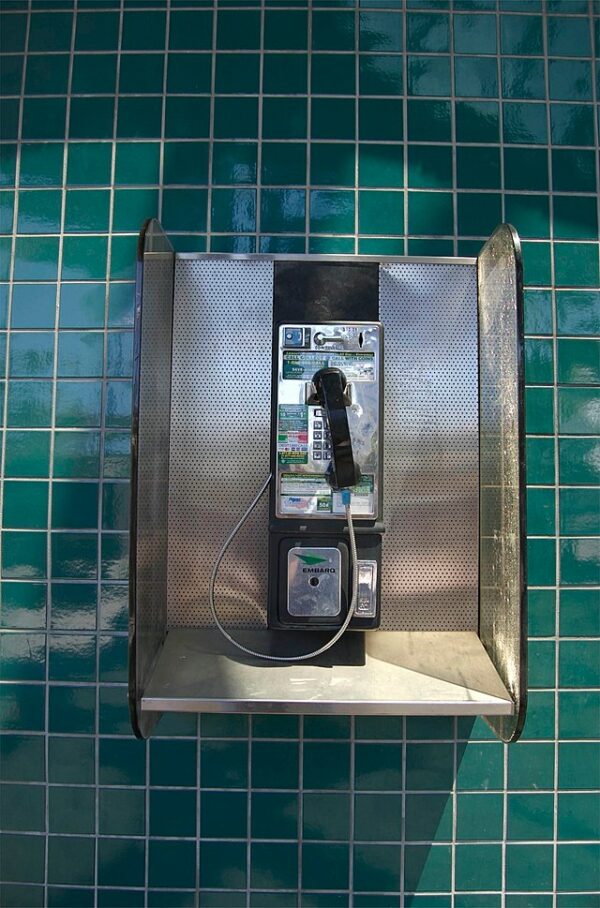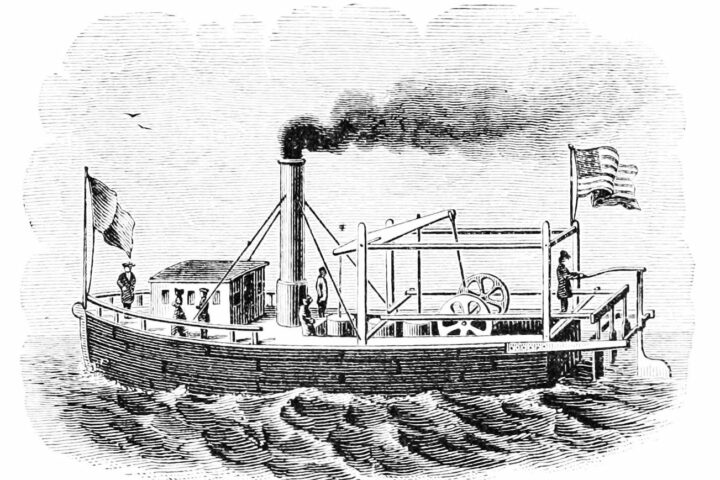On August 13, 1889, a seemingly ordinary patent filing would set the stage for a revolution in public communication. William Gray, an innovative entrepreneur, submitted a patent that would change how the world stayed connected: the first coin-operated telephone, better known as the pay phone. This invention emerged from a personal crisis—Gray’s struggle to find a phone to call for help when his wife fell ill. From this moment of urgency, he conceived the idea of making telephones available to anyone, anywhere, for the price of a coin.
The first pay phone, installed in a bank in Hartford, Connecticut, was an immediate hit. It offered something unprecedented at the time: accessible, on-demand communication. No longer confined to businesses or the wealthy, the telephone became a tool for the masses, democratizing communication in a way that had never been seen before. Initially, users paid after completing their calls—a system that would evolve over time as the technology improved.
As pay phones spread across the United States in the early 20th century, they became integral to urban life. Street corners, train stations, and shops soon featured these devices, turning them into an essential public utility. The Bell System, the telecommunications giant of the era, played a significant role in the proliferation of pay phones, embedding them within its vast network. By the 1920s, pay phones were as common as streetlights, symbolizing the modern age of connectivity.
The 1930s brought further innovation with the introduction of rotary dial pay phones, eliminating the need for operator assistance and making the devices even more user-friendly. Throughout the mid-20th century, pay phones were indispensable, serving not just as a convenience but as a lifeline in emergencies and a crucial resource for travelers and those without home phones.
The post-World War II boom saw a massive expansion of pay phones across the nation. By the 1960s, over a million pay phones dotted the United States, housed in the now-iconic glass and metal booths that became a fixture of American life. The 1970s and 1980s marked the zenith of the pay phone, with millions in operation, serving as the backbone of public communication.
But as the 1990s dawned, the landscape began to shift. The advent of mobile phones signaled the beginning of the end for the pay phone. As cell phones became more ubiquitous and affordable, the demand for pay phones plummeted. One by one, they began disappearing from public spaces, until by the early 2000s, they had become relics of a past era.
Today, while pay phones are largely obsolete, they remain potent symbols of a bygone age. Their presence in films, literature, and art serves as a nostalgic reminder of how we once connected in a pre-digital world. In some cities, these once-ubiquitous fixtures have been repurposed as Wi-Fi hotspots or public art installations, ensuring that their legacy endures in a modern context, reminding us how a simple idea can transform the world.






